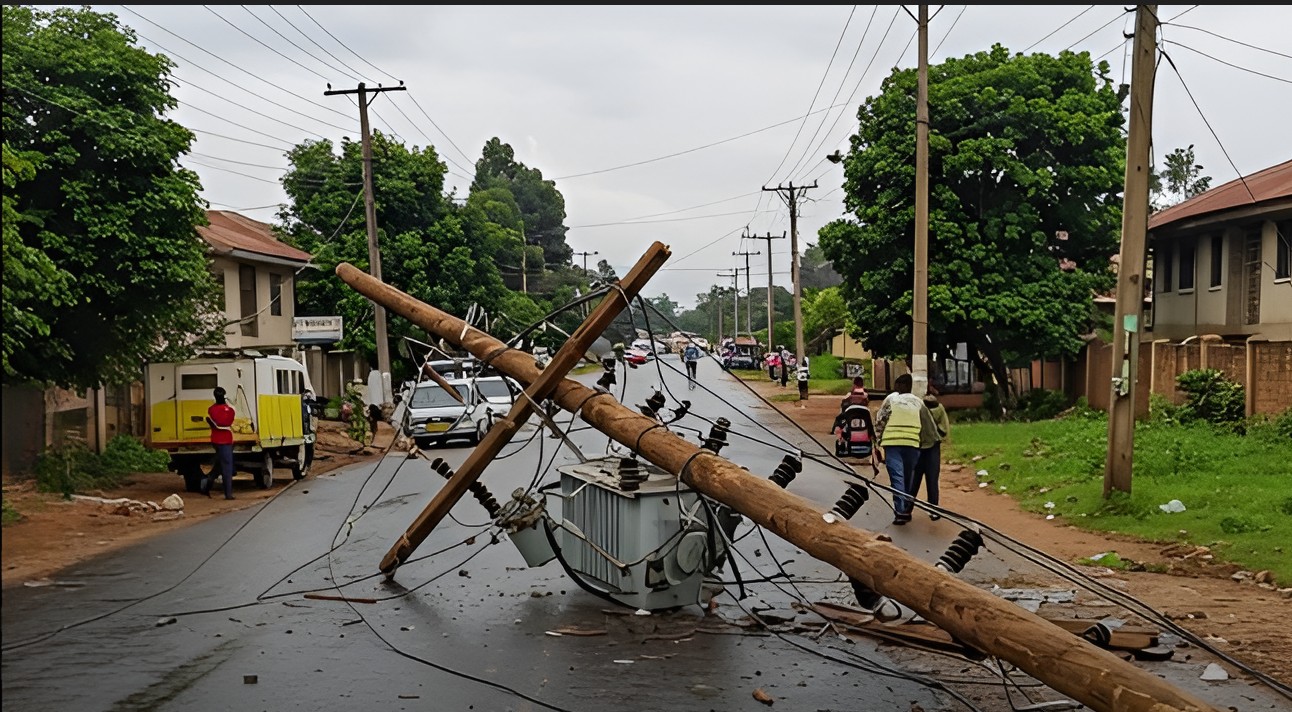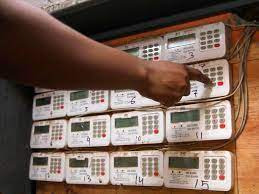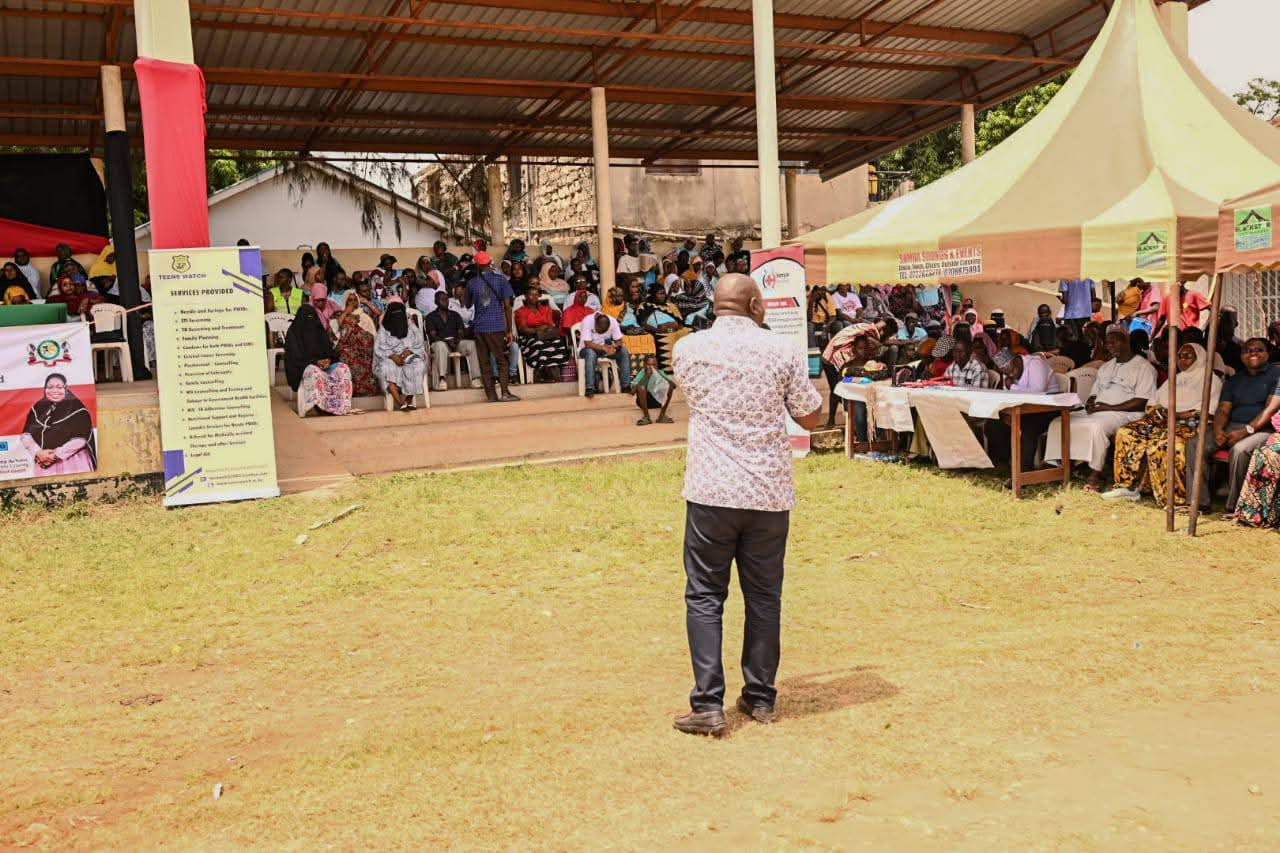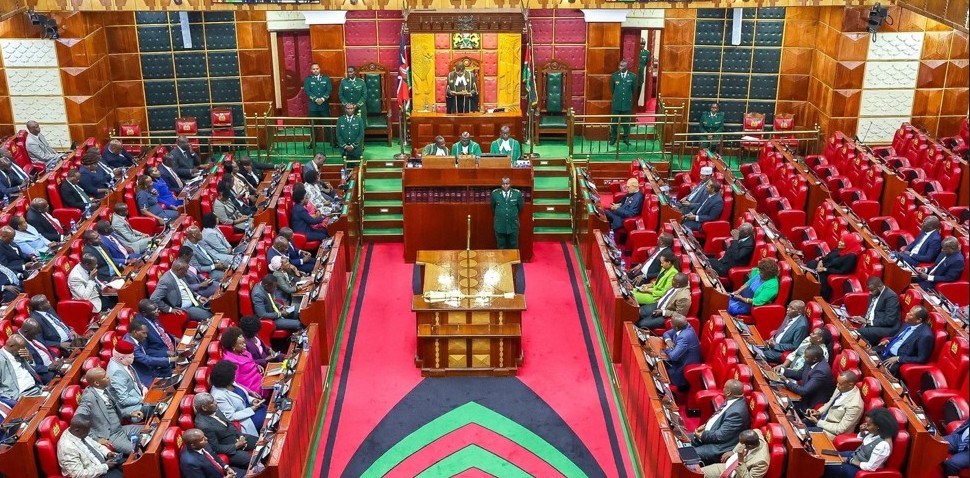From bargains to burden, inside Gikomba’s growing pile of textile waste
The accumulation is severe, layers upon layers of textile waste have built up, with no comparable situation elsewhere, making it hard to even differentiate between real ground and space covered in waste.
Approximately 11,000 bales of second-hand clothes, commonly known as ‘mitumba', make their way daily into Gikomba, Kenya’s largest and busiest open-air market located in Nairobi.
This is made possible by at least 20 trucks reportedly making drops in the market daily, each with a load capacity ranging from 24 to 28 tonnes.
More To Read
- 14 thrifting warning signs you must never ignore
- Rivatex on brink of collapse as high costs, outdated machines undermine revival plan
- Why do some clothes shrink in the wash? A textile scientist explains how to ‘unshrink' them
- Mitumba supports two million jobs, gives Sh12bn taxes, not a threat to manufacturing - report
- Mitumba trade no threat to local textile industry, supports 2 million jobs, report says
- Over 66,000 textile jobs at risk as AGOA trade deal nears expiry
This amounts to a total textile weight of approximately 500 tonnes, or 500,000 kilograms, with each bale weighing around 45 kilograms.
To put it into perspective, the 11,000 bales could fill an empty Kenyatta International Convention Centre (KICC) up to roughly eight storeys high.
The KICC, one of Kenya’s most iconic landmarks, stands 32 storeys tall and reaches a height of 345 feet (105 metres).
A pile of 500 tonnes of second-hand clothes would be about 28 metres high, which is roughly a quarter of KICC’s height.
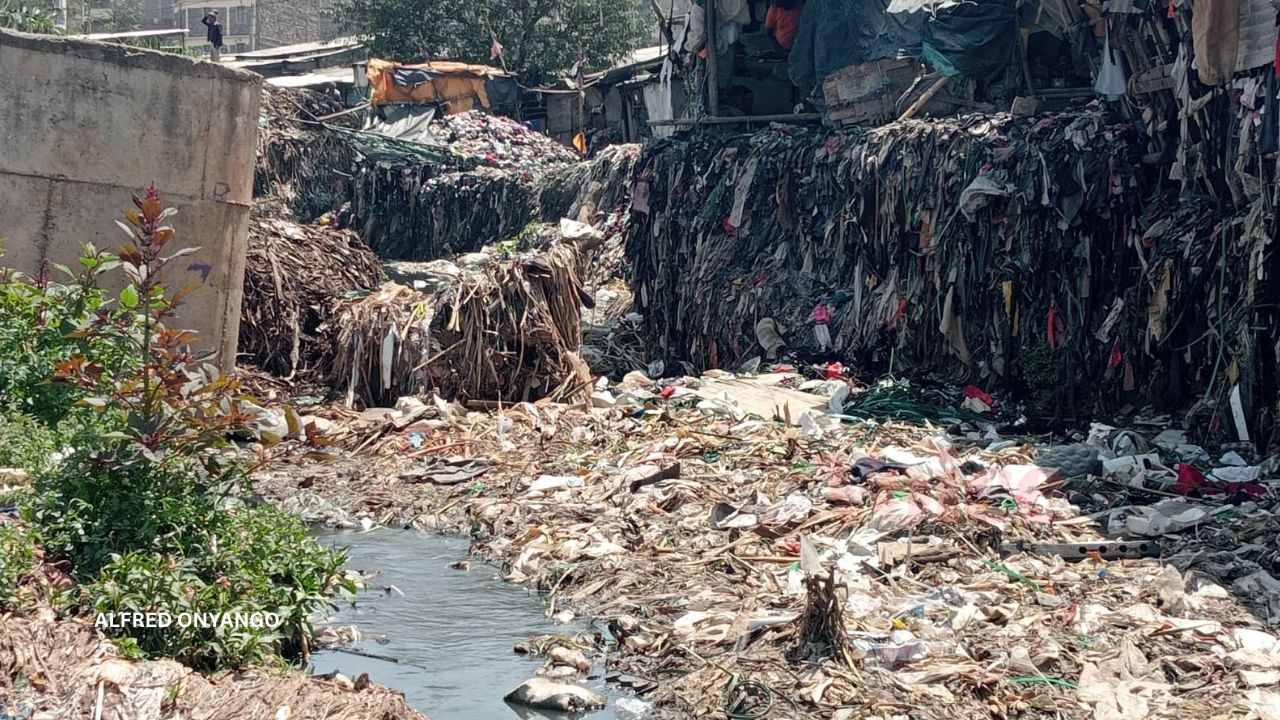 A view of the textile waste from the Gikomba Market. (Photo: Alfred Onyango)
A view of the textile waste from the Gikomba Market. (Photo: Alfred Onyango)
This estimation is based on the fact that a typical bale of mitumba weighs approximately 45 kilograms and thus would occupy about 0.25 cubic metres of space.
Therefore, with a total of 500,000 kilograms, the overall volume comes to roughly 2,778 cubic metres.
If the bales were tightly stacked on a 10-by-10 metre base (100 square metres), the stack would then reach a height of nearly 28 metres (eight storeys thereabout), as earlier mentioned.
Mitumba volumes unmanageable
With daily deliveries of mitumba stacking up to the equivalent height of the eighth floor of the KICC, you can imagine the sheer volume accumulated over a week, a month, or even an entire year.
But the real issue goes beyond just scale.
According to stakeholders and environmental conservationists based in Kamukunji Constituency, where the market rests, once these imported clothes reach the market, they are often resized, sorted, and repackaged before being distributed to other parts of the country.
The real concern is what gets left behind: off-cuts, wrappers, and other textile waste like discarded zippers and plastic buttons.
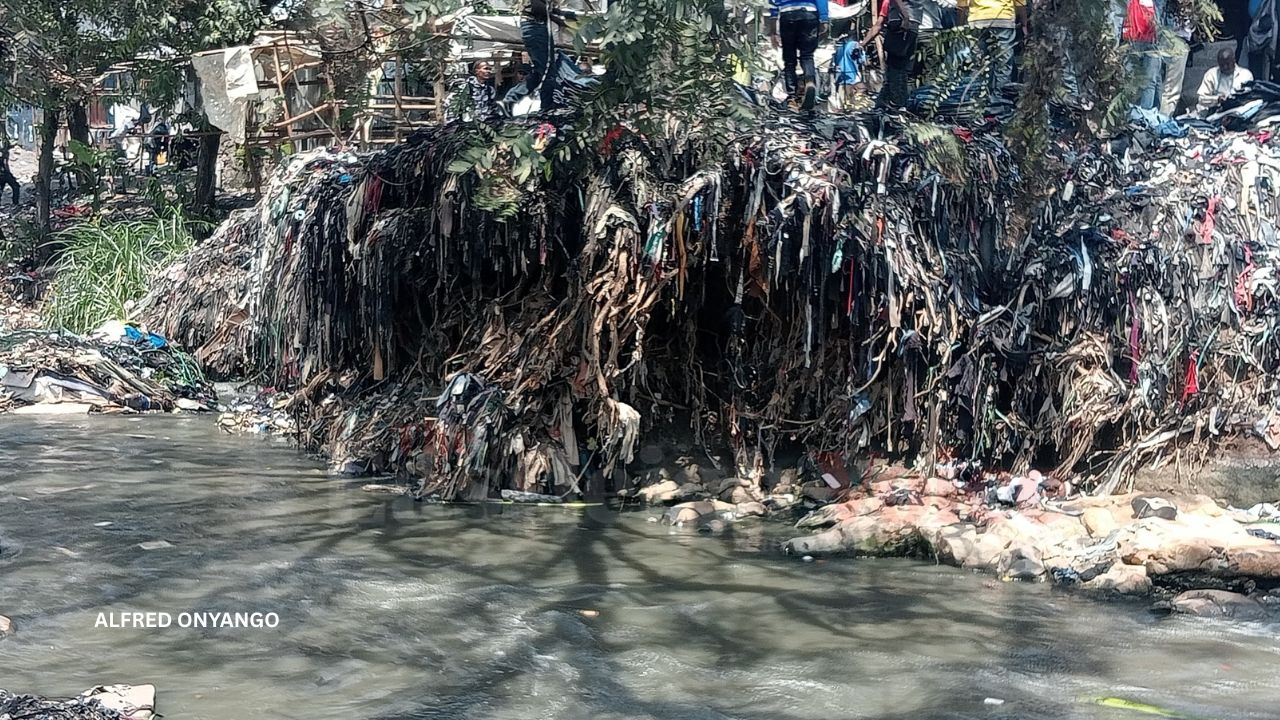 A view of the textile waste from the Gikomba Market. (Photo: Alfred Onyango)
A view of the textile waste from the Gikomba Market. (Photo: Alfred Onyango)
Surprisingly, there are no clear plans or strategies in place for managing this growing waste stream, according to Mohammed Kioko, the vice chair of Kamukunji Environment Conservation Champions (KECC).
For the small portion that does make it into the recycling chain, Kioko notes that the scale is far too limited to effectively address the broader waste problem in the market.
Lobby firm, Changing Markets Foundation (CMF), also highlights that a growing portion of the mitumba arriving in the country is damaged and therefore not fit for sale.
This only adds to the problem of leftover textile waste in the area.
Due to the lack of effective waste reduction strategies like recycling awareness and accessible options, Kioko says traders at the market have been left with no alternative but to dump the waste into the nearby Nairobi River, resulting in heavy layers of textile pollution.
The situation has become critical, with the waste gradually taking over much of the Nairobi River adjacent to the market, causing the river to bend unnaturally and encroach on protected riparian land.
The situation has since sparked serious concerns regarding the risks it poses to life, health, and the environment, particularly for the surrounding community and the traders themselves.
For example, reports link the mitumba landfills to the release of hazardous toxic gases during decomposition, which pollute the soil and harm the natural ecosystem.
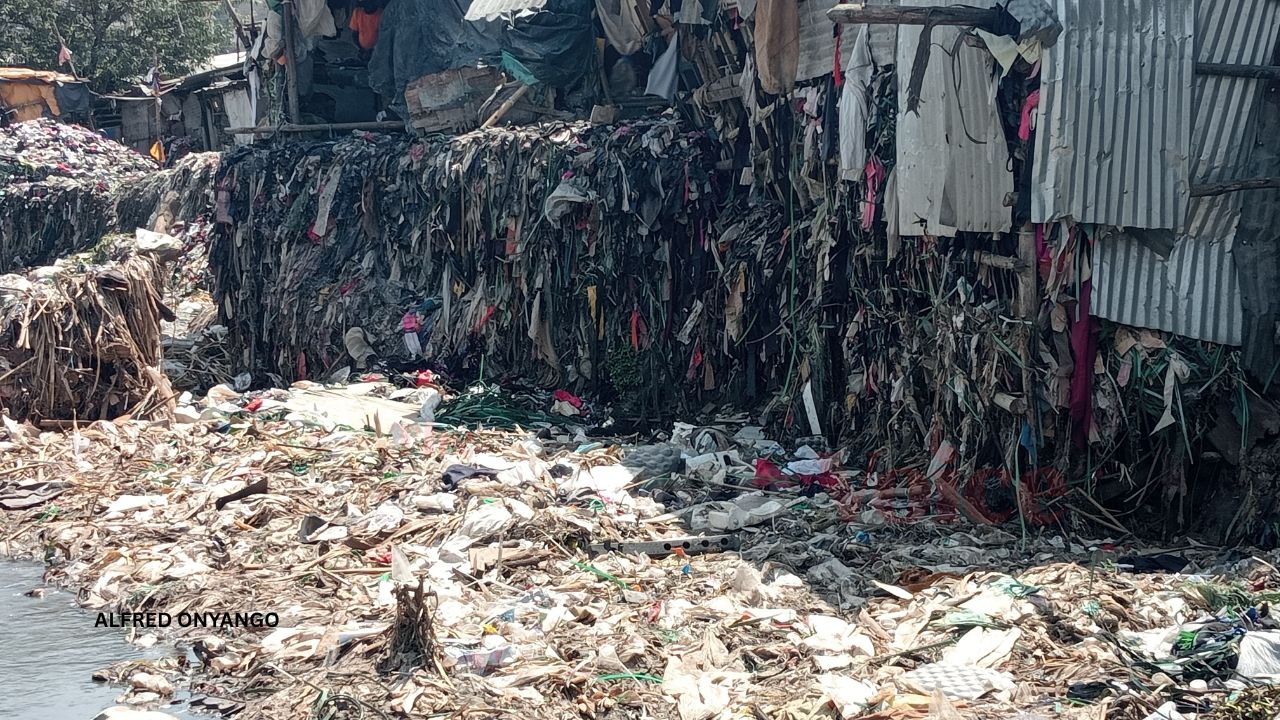 A view of the textile waste from the Gikomba Market. (Photo: Alfred Onyango)
A view of the textile waste from the Gikomba Market. (Photo: Alfred Onyango)
Speaking to The Eastleigh Voice, KECC’s Kioko added his voice on the matter:
Q: Why does textile dumping persist, and what’s stopping action?
A: The problem persists because the waste is everywhere, and there is no proper infrastructure to manage it.
The volume of discarded clothing is so large that it's unmanageable, which is why so much of it ends up as waste; it’s simply too much to process or repurpose.
Roads are poorly maintained or blocked, and there are no designated areas for cars or generally an organised marketplace that would facilitate the birth of proper waste management strategies.
Notably, the root issue is that Africa has become a dumping ground for second-hand goods from Europe.
Places like Gikomba are overwhelmed with imported textiles, many of which end up as waste. Despite the negative impacts, it's unfortunate that people depend on this trade for their livelihood.
What impact has the dumping had on soil, water, and health in general?
It’s a devastating situation. All the waste ends up in the Nairobi River, which flows through the city and is used by people downstream for various purposes, some without clear knowledge of how heavily polluted it is.
The accumulation is severe, layers upon layers of textile waste have built up, with no comparable situation elsewhere, making it hard to even differentiate between real ground and space covered in waste.
This buildup is so extensive that the efforts to restore the Nairobi River could face the challenge of finding space to deposit mud along its banks.
The natural soil has been overwhelmed and effectively replaced by textile waste.
Q: What is the way forward on the matter?
A: What is needed is a properly planned, modern market, complete with roofing, staircases, and designated sections.
Each group, such as the traders in bags or trousers, should have their area for operations and waste collection.
We also need to redesign the layout to allow vehicle access.
This way, waste can be collected more efficiently. For instance, if a vehicle is collecting waste from bag sellers, it should be able to reach them.
The same goes for jeans sellers or others generating textile waste; cars should be able to reach these segments directly.
Regarding the issue of responsibility, waste management has traditionally fallen under the mandate of the county government.
However, despite the county having its team and budget, progress has been minimal; that’s why I support the involvement of the national government.
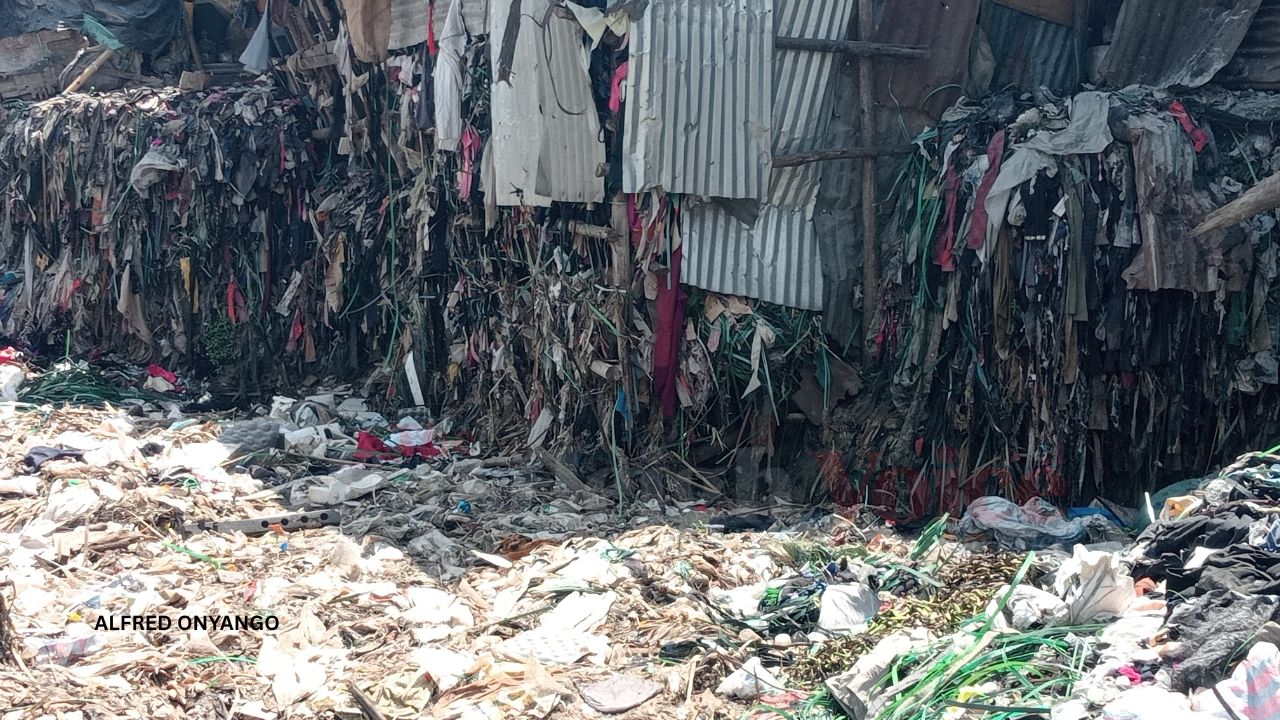 A view of the textile waste from the Gikomba Market. (Photo: Alfred Onyango)
A view of the textile waste from the Gikomba Market. (Photo: Alfred Onyango)
It’s time they stepped in to manage and oversee these efforts more effectively.
Given that Gikomba is the largest second-hand clothing market, it should serve as a model for how textile waste is handled.
If the national government takes responsibility and implements proper systems here, the issue of waste could finally be resolved.
Q: What challenges come from tackling dumping?
A: Many people assume that plans to build a modern market are meant to displace them or take away their jobs.
There’s a general sense of fear, especially when such plans come up, people feel threatened and assume the worst.
But Gikomba is already well organised. Each section has a chairman, and there’s a structure in place.
What’s needed is better communication.
Stakeholders like the national government, CBOs, chiefs, and county officials should come together and engage directly with the traders in Gikomba to explain the plans clearly.
If done transparently and with involvement from local leaders and experts, the community will understand the goal is not to push them out, but to improve the area.
That’s why there’s a call to partner with the Nairobi Rivers Commission to help transform the river and manage the growing waste problem effectively.
Q: What support do conservation groups such as KECC need to tackle such?
A: Our work could be much easier if we partnered directly with other community working groups on matters of environmental conservation.
All it would take, then, jointly, is a small budget to organise sensitisation meetings, bring the traders together and clearly show them what we’re working on for mutual progress.
The real change starts with the main contributors to the waste problem, and many of them are in Gikomba.
If we collaborate with them, we can effectively manage and eliminate waste in every part of the area.
There are already some initiatives underway, and they might even show us what they’re doing along the river.
Top Stories Today
